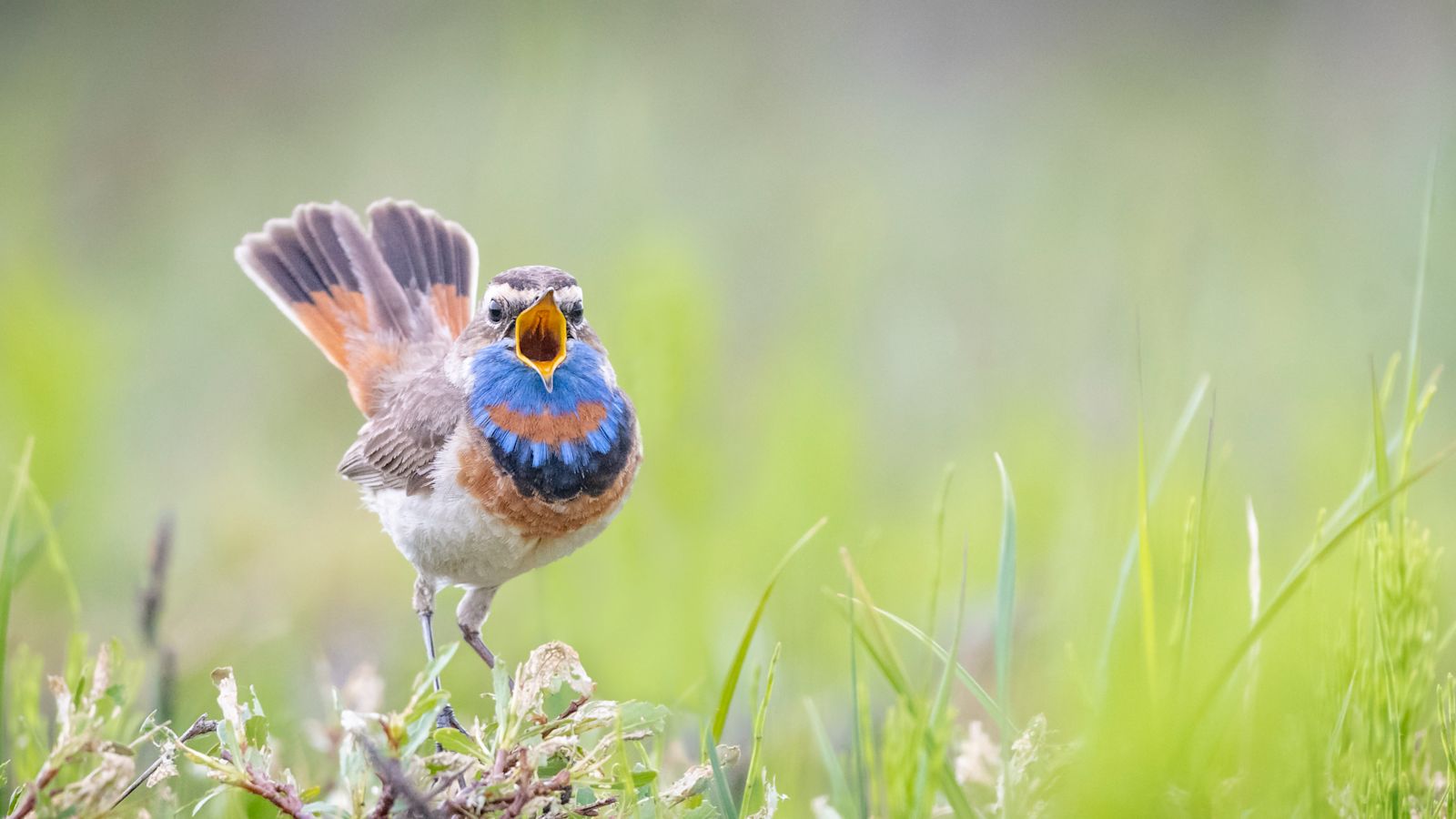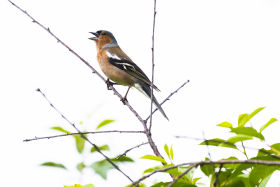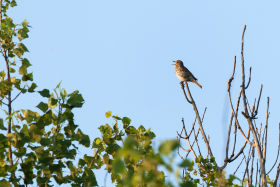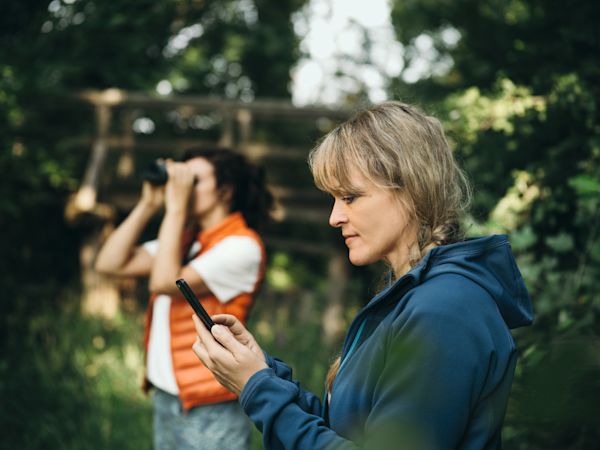
Did you know that
the free Merlin Bird ID app
created by the Cornell Lab of Ornithology, can help you to identify birds by sound? Try the Sound ID feature! It listens to the birds around you and shows real-time suggestions for who's singing. Pretty amazing, right? Say goodbye to being mystified when hearing a bird you can’t see? With the Sound ID feature, you can identify birds even when you cannot see them (yet). Hold up your phone and record while listening to bird sounds, and the Merlin Bird ID app created by the Cornell Lab of Ornithology will help you identify the birds in real time!
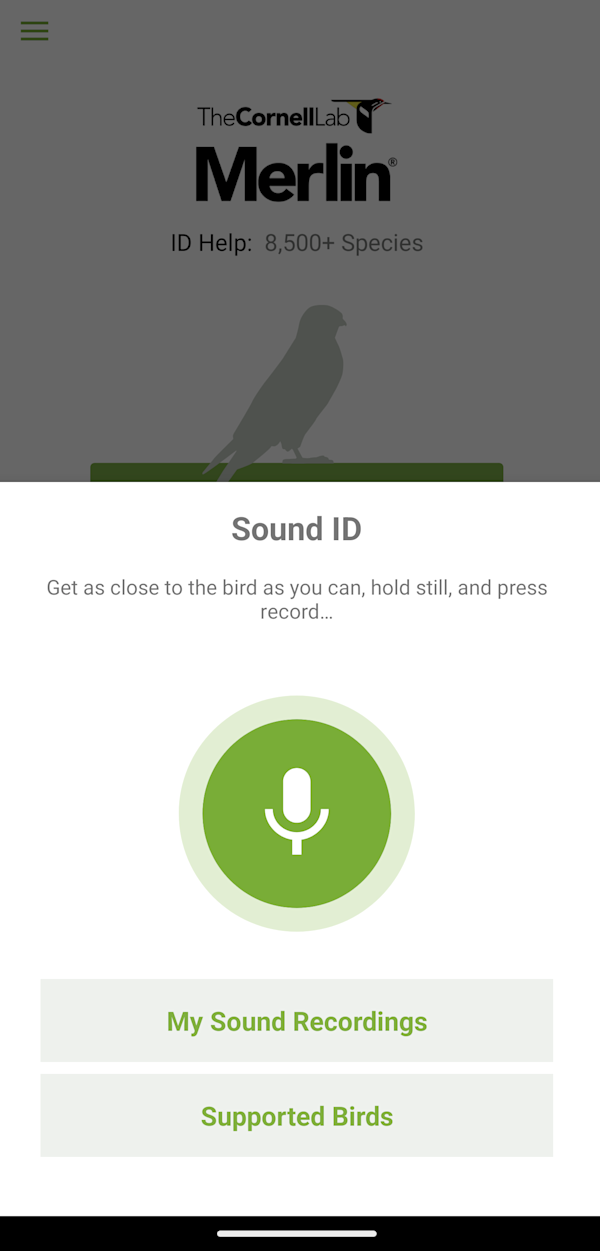
As of April 2023
the Sound ID feature
enables you to identify 1054 species covering the following regions:
USA
Canada
Europe
Central and South America (common and widespread birds)
India (common and widespread birds)
However, with your help, Sound ID will be expanding to more species worldwide in the future! Merlin is only possible through the powerful combination of citizen science and machine learning. Sightings from birdwatchers like yourself using eBird help Merlin understand which birds are likely at your location and time of year, enhancing accuracy and customizing your results.
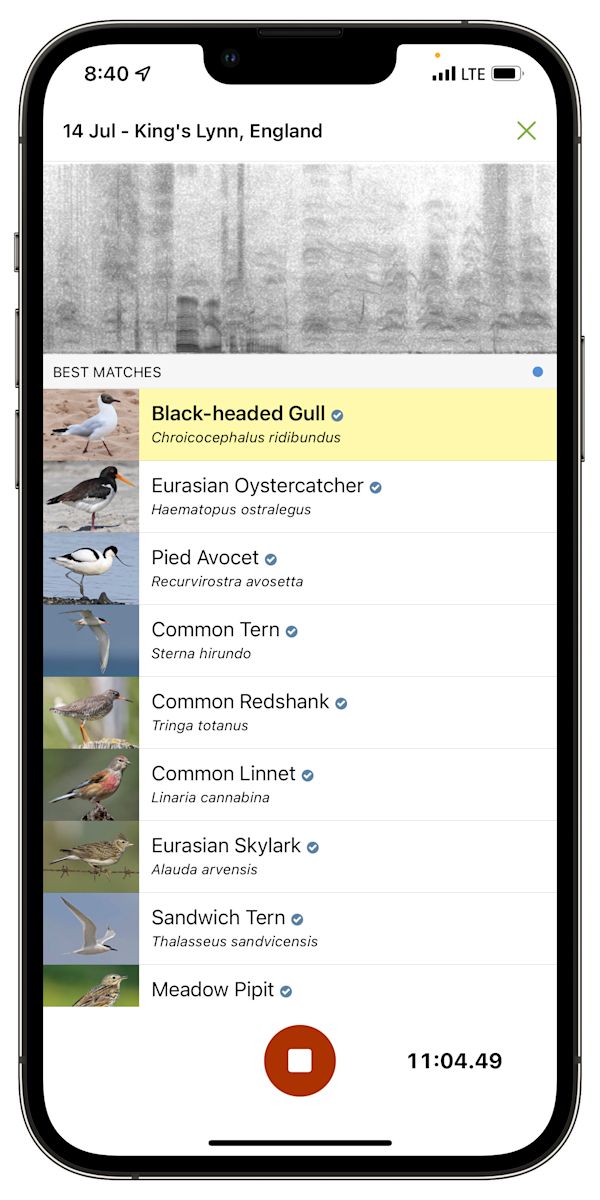
How can I help?
Simply include audio recordings with your eBird sightings.
It’s as easy as that. Saving your recordings and submitting them to your eBird checklists makes the recordings available to the Merlin team, who can use them to train the app to identify sounds. Merlin Sound ID needs a minimum of 100 recordings of various sounds for each species to "train" Merlin to recognize that species by sound. However, for many of the world's over 10,000 bird species, there are not enough sound recordings available yet to train Merlin. By recording the birds you encounter with a microphone or even your smartphone, you can help expand Sound ID to more regions.

Expert annotations marking where in the recording a Yellowhammer and a Eurasian Blackcap is singing, to help Merlin learn these songs.
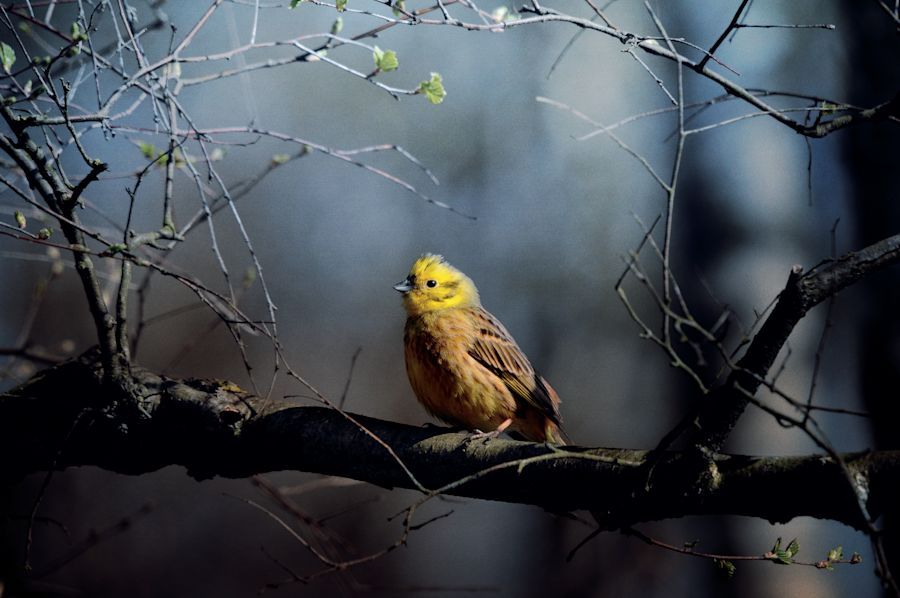

Merlin identifies bird sounds using breakthroughs in machine learning technology to recognize species based on spectrograms - visual representations of sounds.

Expert annotations marking the overlapping songs and calls of a Common Grasshopper Warbler, Common Chaffinch, Eurasian Wryneck, and a Song Thrush, to help teach Merlin to identify busy soundscapes.
Photo credits: Leander Khil (www.leanderkhil.com), Brian Kalk













